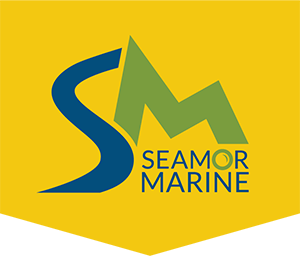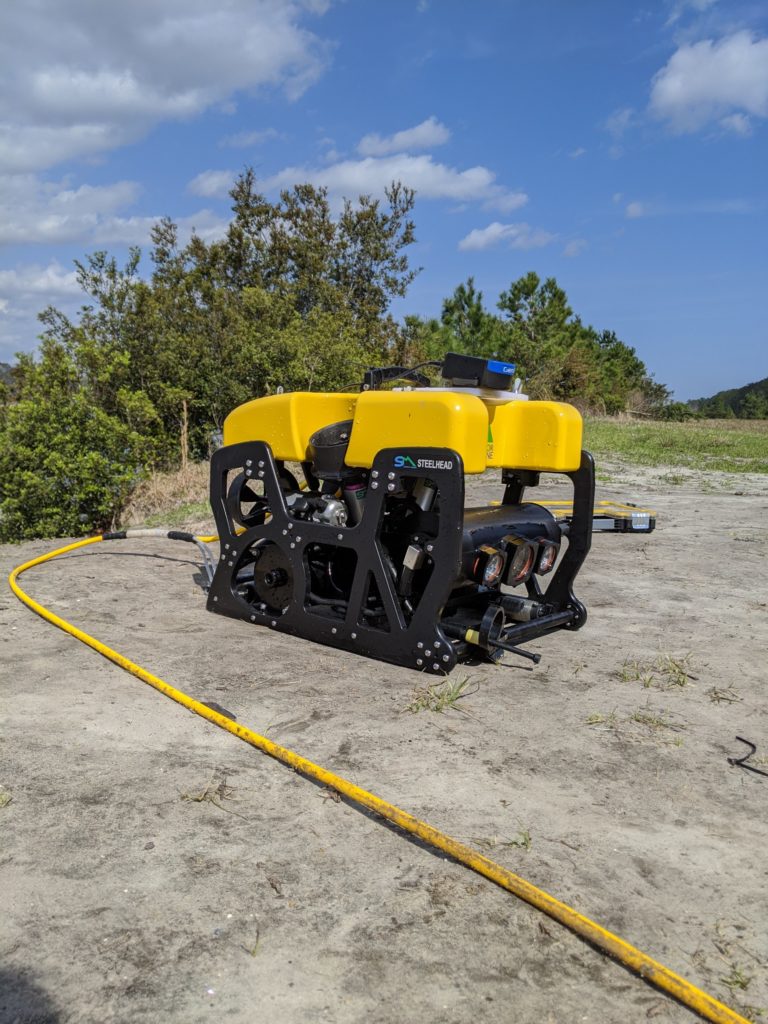Anodized aluminum is aluminum that goes through an electrochemical process to form a protective layer of oxide on its surface. This oxide layer is hard, durable, and corrosion-resistant, which is required of materials used in ROV manufacturing.
Anodized aluminum is a common material used in various industries, including architecture, automotive, electronics, aerospace, consumer goods, and more. It provides both functional and aesthetic benefits, making it a versatile choice for a wide range of applications. At SEAMOR Marine, this metal is a staple in all our ROVs.
Here are a few reasons why we choose anodized aluminum
Corrosion Resistance
Anodizing creates a barrier between the aluminum substrate and the environment, making the metal highly resistant to corrosion and oxidation. This is particularly useful in outdoor or harsh environments where regular aluminum might corrode. Think salt water and how it loves to break down most materials. This is a big benefit for the ROV industry and one of the reasons this material is so commonly used.

Durability
The anodized layer is integral to the aluminum, so it won’t chip or peel like paint. It increases the overall durability and lifespan of the aluminum product. Chipping of paints and other chemical-ladden materials is a hazard for aquatic environments. Using this type of aluminum reduces the potential harm your ROV does to the bodies of waters it works in.
Lubrication and Wear Resistance
Anodized aluminum surfaces can be engineered to reduce friction, making them suitable for applications where components slide against each other. This wear resistance is especially beneficial in moving parts. Thrusters are a great example.
Environmental Friendliness
Anodizing is an environmentally friendlier process compared to some other surface treatments. It doesn’t involve heavy metals or hazardous chemicals. It is not perfect, and can be energy intensive but it is one of the better options available to the ROV industry at this time.
Lightweight
Aluminum is naturally lightweight, and anodizing doesn’t significantly alter this property, making it useful in various industries, including aerospace and automotive.
In Summary
Anodized aluminum is commonly used in ROVs for certain components, but it may not be the best choice for all parts of the vehicle. There is no one-size-fits-all answer to the best material for ROVs. The choice of material depends on the specific requirements of the ROV’s design, the intended operating conditions, and the trade-offs between factors like strength, weight, corrosion resistance, and cost. Often, a combination of materials is used in different parts of the ROV to optimize performance and functionality. In another post we will cover the pros and cons of other materials.
In the meantime, get in touch with us to find out how our ROVs can benefit your business. We choose our materials with quality, reliability and endurance in mind. At SEAMOR Marine we want your business to succeed and our ROVs will help you do so.

